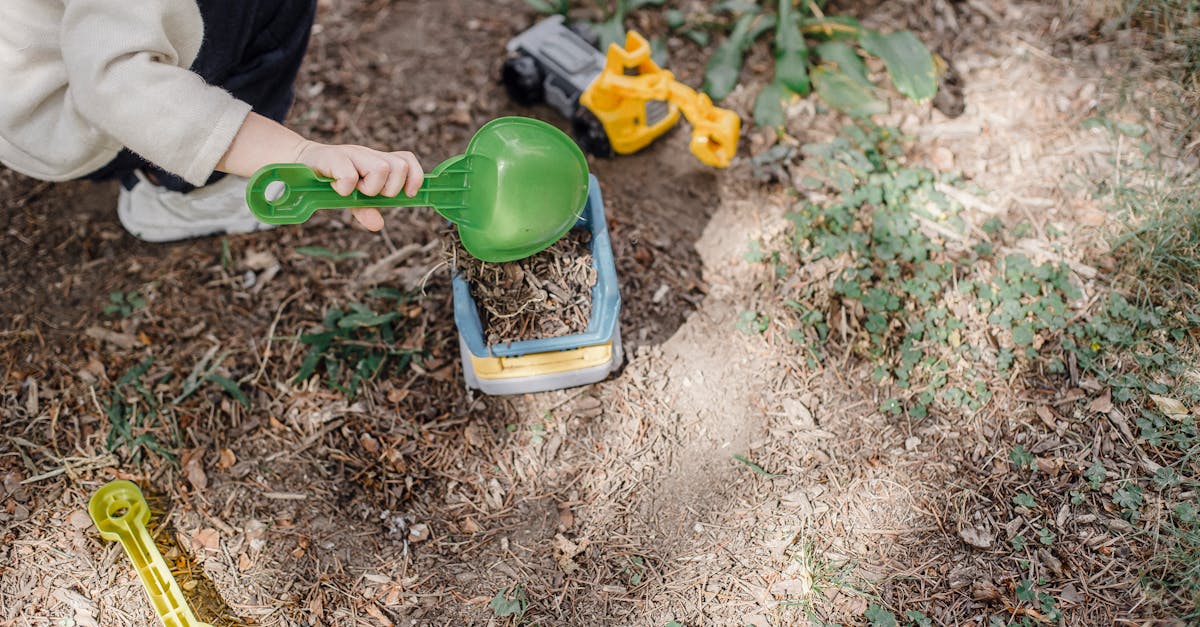Making Prayer Fun and Relatable
Kids love to play, so make prayer fun and relatable! Use play-based learning to introduce prayer. Create a prayer game or a prayer box with small toys and props. Tell them stories about prayer’s power. Maybe they can converse with Mr. Teddy about favorite bedtime prayers. Keep it light-hearted to sustain their interest.

Summary: Making prayer enjoyable and relatable for kids through play and storytelling can help them engage and connect with the practice more effectively.
Connecting Prayer with Daily Life
Integrating prayer into daily life can make it feel more natural and effortless. One way to start is by incorporating prayer before meals or during times when a family member needs support. It’s essential to explain to children that prayer is akin to having a conversation with a close friend who is always there to listen.
Encourage the use of simple language for prayers, such as thank you prayers or I’m sorry prayers, to help children express gratitude and seek forgiveness. Begin with easy and relatable prayer moments and gradually involve them in choosing when and how to pray.

Practicing prayer in everyday life can help children develop a strong spiritual connection and a sense of gratitude and mindfulness.
Overcoming Emotional Hurdles
Not every kid will take to prayer immediately. They may get distracted or giggle. It’s essential to be patient and understanding. Share your own childhood experiences with prayer. Show that it’s okay to have mixed feelings, and gently steer them back. Humor can lighten the mood and dispel any anxieties.

Offering Practical Prayer Activities
Offer practical activities that make prayer tangible. Drawing prayer pictures, singing prayer songs, or even having a mini prayer dance party can be effective. Create a prayer routine like a nightly reflection on the day. This teaches them that prayer can be a relaxing and enjoyable practice.

Encouraging Family Involvement
Invite family members to join prayer times to encourage unity and a sense of community. Siblings, grandparents, or pets can participate. Share the moments when prayers felt impactful in your life. This shows that prayer is a collective and personal experience that strengthens family bonds.

Photo by Pexels
Celebrate Their Prayer Growth
Celebrate their growth in prayer to motivate them. Acknowledge their efforts and progress. Maybe have a little “prayer star” chart. Share stories from your past to resonate with their experiences. Let them see that their prayers are valued and joyous. This reinforces their positive association with prayer.

